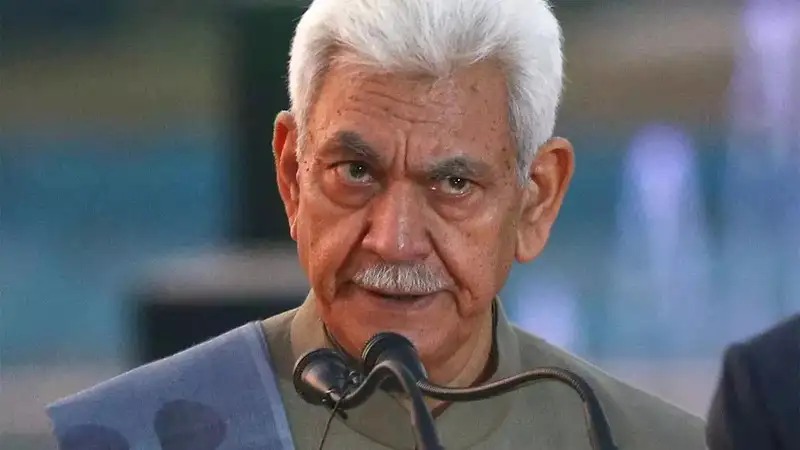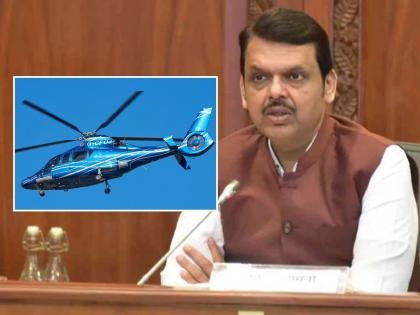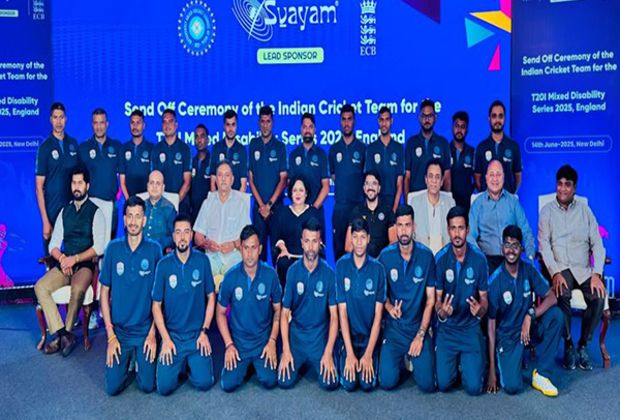
Follow WOWNEWS 24x7 on:
Updated: June 14, 2025 16:18

The tragic crash of Air India Flight AI171, a Boeing 787-8 Dreamliner, near Ahmedabad has reignited global concerns about Boeing’s safety practices and internal oversight. As investigators work to determine the cause of the accident that claimed 245 lives, attention has turned to past warnings, whistleblower reports, and the aircraft’s troubled history.
Crash Details and Immediate Fallout
- The aircraft, bound for London Gatwick, crashed shortly after takeoff from Sardar Vallabhbhai Patel International Airport, slamming into a medical college hostel and erupting into flames.
- All 242 passengers and crew perished, along with casualties on the ground. The incident marks the first fatal crash involving a Boeing 787 Dreamliner since its commercial debut in 2011.
- Boeing’s shares dropped over 8 percent following the crash, and the Directorate General of Civil Aviation (DGCA) has ordered enhanced safety inspections of Air India’s entire Dreamliner fleet.
Whistleblower Warnings and Structural Concerns
- In 2024, Boeing engineer Sam Salehpour filed a formal complaint with the US Federal Aviation Administration, alleging that shortcuts in the 787’s manufacturing process—such as misaligned fuselage sections and improperly filled microscopic gaps—could lead to structural fatigue and catastrophic failure.
- Salehpour described alarming practices, including workers physically forcing parts into alignment, and warned that these flaws could compromise the aircraft’s long-term integrity.
- Boeing denied the allegations, but the FAA launched an investigation, citing unresolved concerns from earlier quality control issues that had already paused Dreamliner deliveries between 2021 and 2022.
Safety Record and Past Incidents
- The Dreamliner was once hailed as a technological marvel, with over 1,100 units in service globally. It features advanced composite materials and increased electrification to reduce emissions.
- However, the aircraft has faced issues in the past. In 2013, the entire fleet was grounded due to lithium-ion battery fires. Though resolved, the incident marked the beginning of a pattern of scrutiny.
- The Netflix documentary Downfall: The Case Against Boeing had already spotlighted the company’s safety lapses, particularly in the wake of the 737 Max crashes in 2018 and 2019, which killed 346 people.
Regulatory and Industry Response
- The DGCA has mandated a series of immediate checks on Air India’s Dreamliners, including inspections of fuel systems, hydraulic components, and flight control mechanisms.
- A high-level committee has been formed to review aviation safety practices across India, and the Aircraft Accident Investigation Bureau is leading the probe into the crash.
- Globally, aviation experts are calling for a renewed focus on manufacturing transparency, whistleblower protections, and regulatory independence.
Public Sentiment and Broader Implications
- The crash has shaken public confidence in Boeing’s most successful widebody jet and raised fresh questions about the balance between production speed and engineering integrity.
- Families of victims and aviation watchdogs are demanding accountability, while industry analysts warn that Boeing’s reputation may suffer long-term damage if systemic issues are confirmed.
- The tragedy underscores the importance of rigorous oversight in an industry where even minor lapses can have devastating consequences.
Sources: The Economic Times, NDTV, Times of India, News18, The Quint, MSN India, Interesting Engineering, Reuters.


